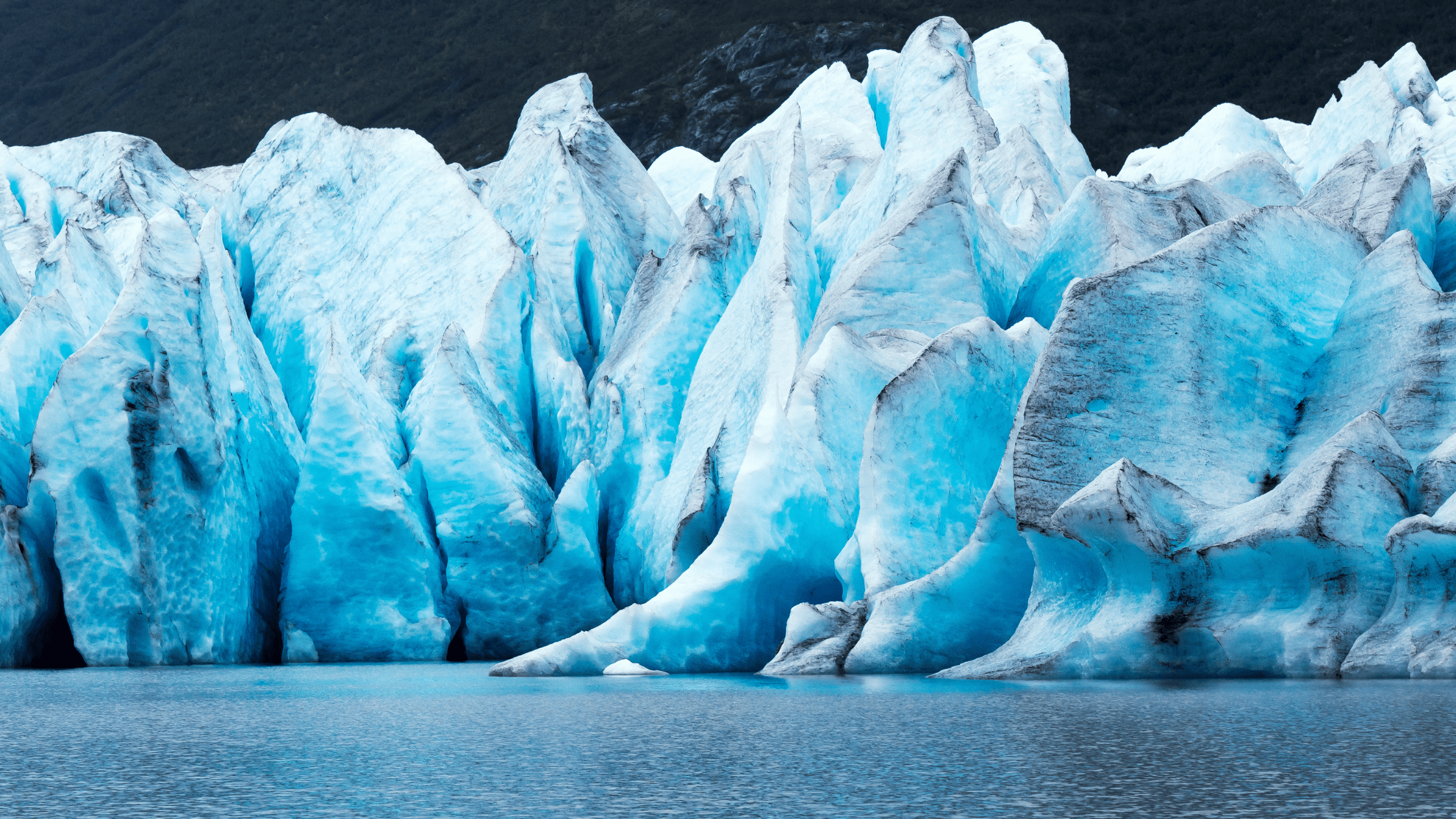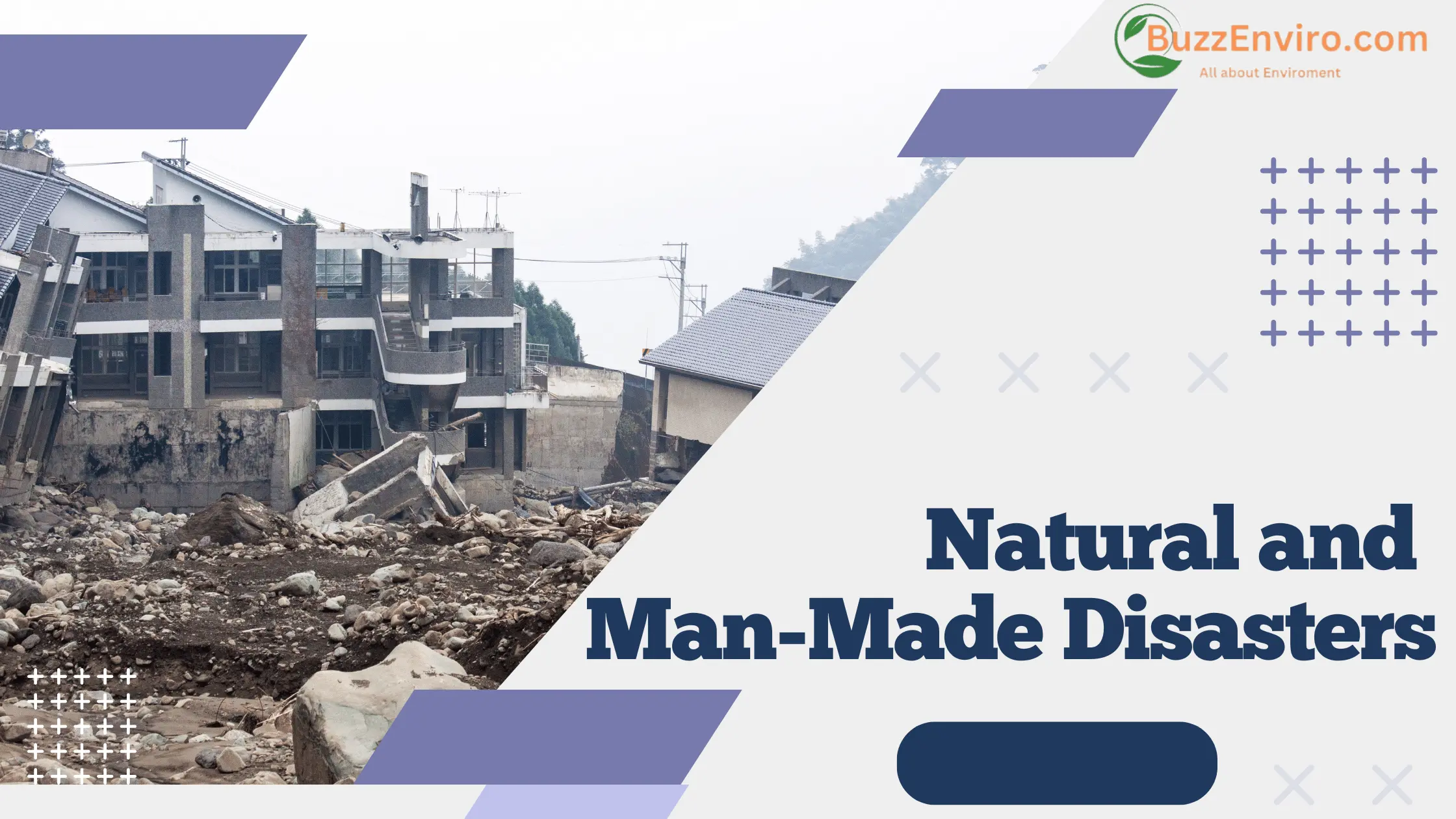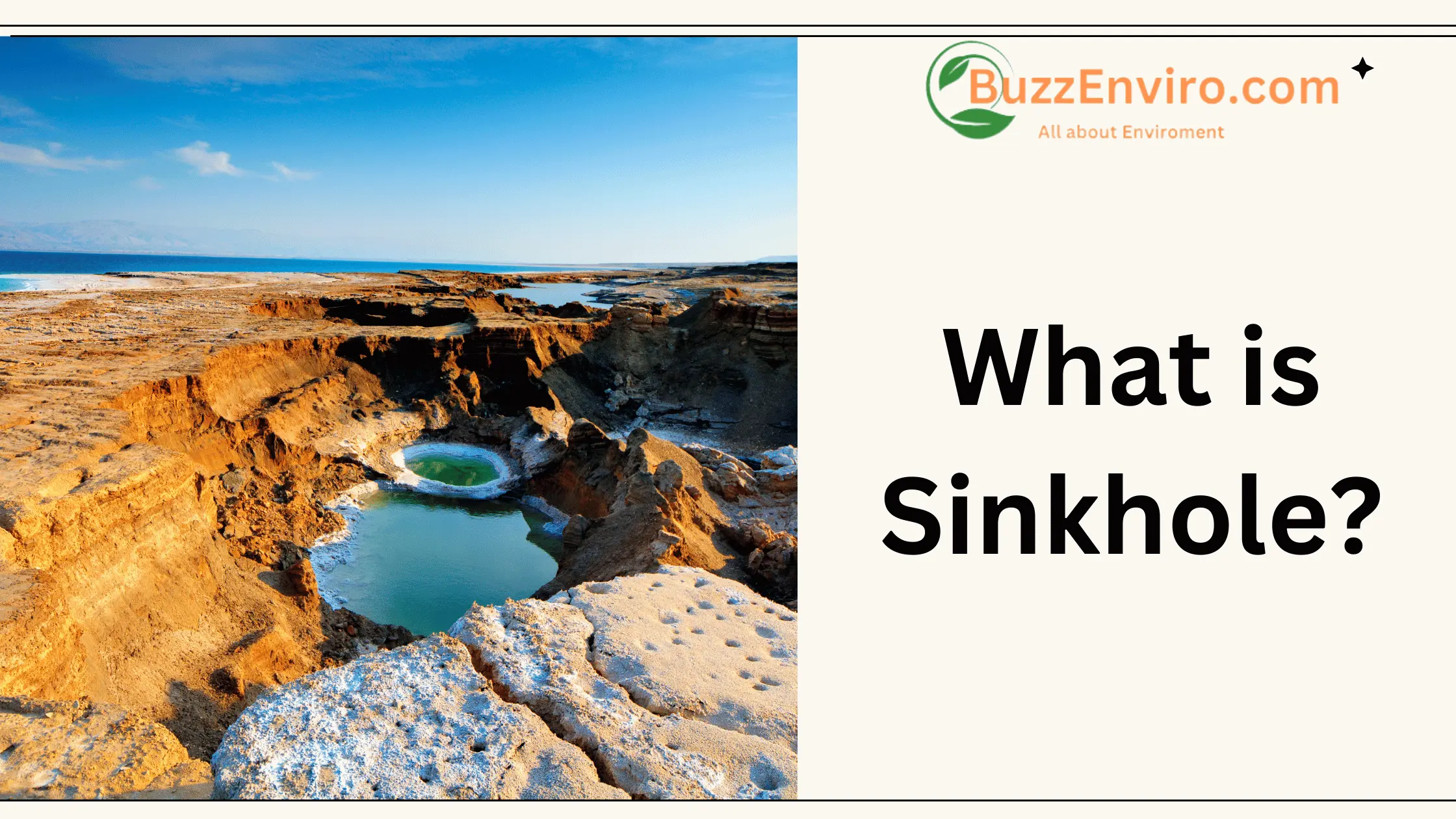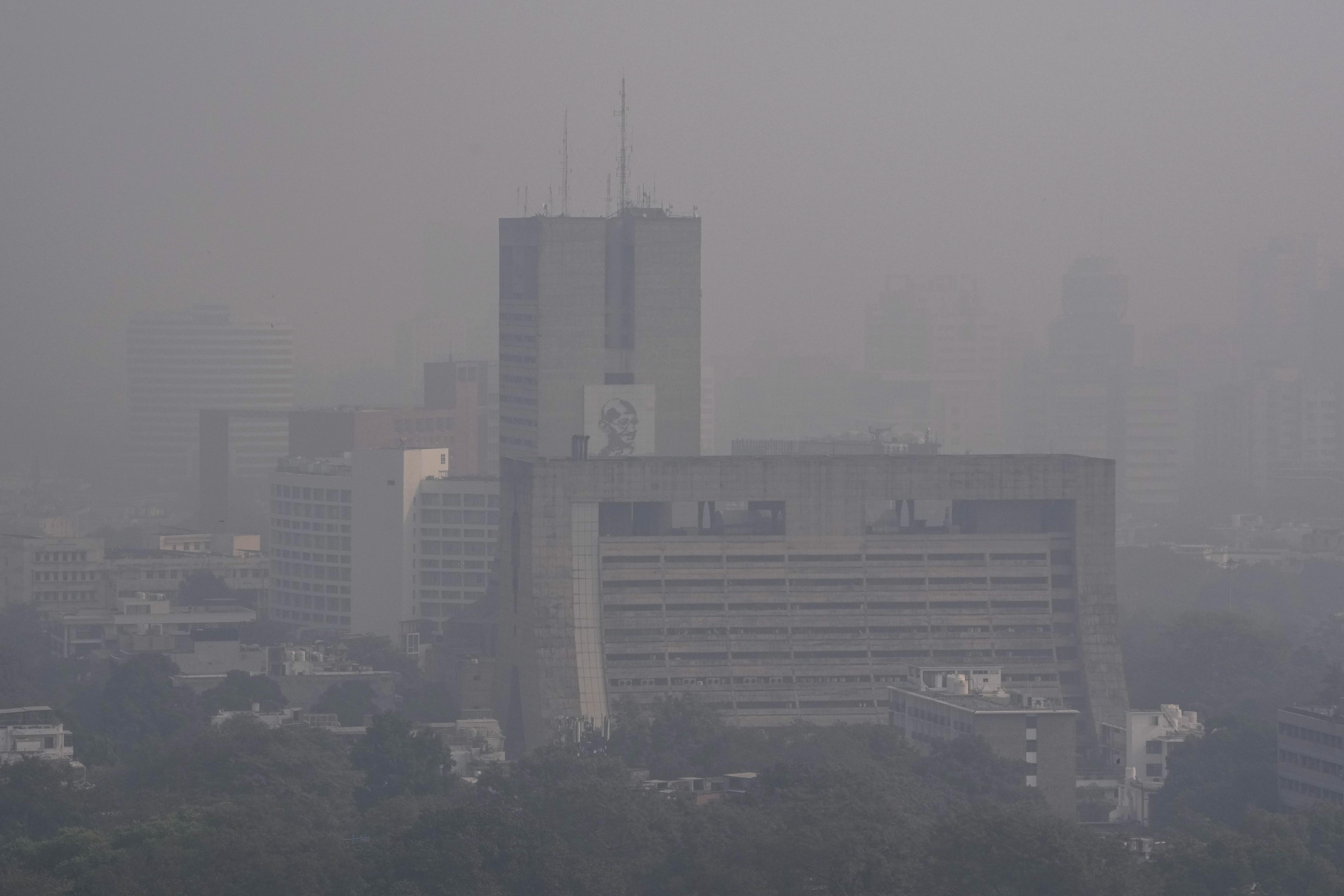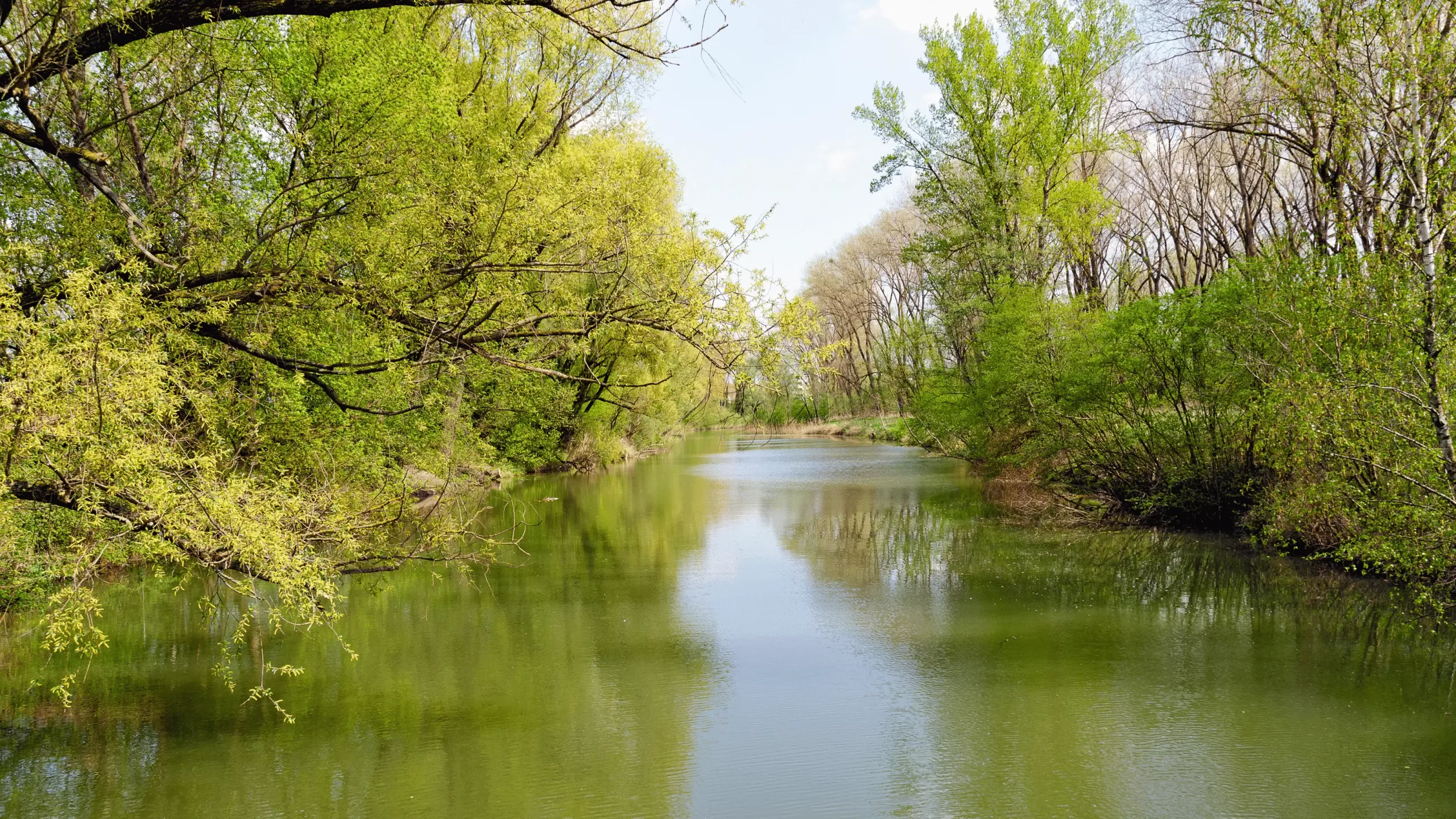Glaciers are sheets of ice moving across dry land. Because they are made of solid ice, they move like liquid as gravity pushes them downhill. Glaciers can be found in polar regions as large ice sheets, ice caps, or ice fields. They can also be found in mountain regions on the other side of the world. As snow melts and melts, it compacts into thick glacial ice. This ice then makes its way down mountain slopes, across valleys, and over coastal flats. Glaciers can explore the edges of rocks, carry debris across vast distances, and change topography dramatically. In general, glaciers are classified based on their size, their location, and their appearance. Here are ten different types of Glaciers and what makes them unique.
Types of Glaciers
1. Ice Sheets

Continental ice sheets are the largest bodies of glacial ice. They cover entire landscapes and are over 20,000 sq miles in area.
In the present day, there are just two continental ice shelves on Earth: the Antarctic and Greenland. The Antarctic is the larger of the two, covering an area of about 5.4 billion square miles (20 million square kilometres), roughly the same size as the United States of America and Mexico. Ice sheets once blanketed much of what is now Canada and parts of Scandinavia.
The ice sheets are so thick that they cover almost every topographic feature except the highest mountains. There are entire mountain ranges and valleys under the Antarctic Ice Sheet, up to miles thick in places.
2. Ice Caps

Ice caps are similar to ice sheets but smaller in size—they measure less than 20,000 square miles. However, these glacial ice sheets are huge and can cover large areas of land such as mountain ranges. Ice caps are dome-shaped and primarily found near the polar regions in areas of relatively high elevation. It’s important to note that the ice caps are different from “polar ice caps,” a phrase commonly used to refer to Arctic sea ice.
About 8% of the country is covered by the ice cap, the largest in Europe. The ice cap is made up of 7 active volcanoes and includes valleys and plains as well. Volcanoes release heat that causes lakes to form beneath the ice cap’s surface. These lakes overflow and flood glacial rivers flowing out of the ice cap.
3. Ice Fields

Icefields are similar to ice caps in that they are affected by the underlying terrain. Ice caps have a dome shape and form their topography. However, ice fields are generally flat. Icefields are not large enough to encircle entire mountain ranges. They typically cover the surrounding valleys. Mountain peaks rise above glacial ice.
There are many different types of glaciers, each supported by an ice sheet, an ice cap, and an ice field. The Harding Icefield, located in Alaska’s Kenai Mountains, supports over 30 smaller glaciers and is the largest of four icefields in the U.S., covering an area of 700 square miles.
4. Outlet Glaciers

Outlet glaciers, on the other hand, are formed when a large body of water flows out of a body of ice, such as a sheet of ice, a cap of ice, or an ice field. Outlet glaciers flow down slopes where there is a low point between mountains. As a result, they are often hemmed in by exposed bedrock on the sides.
For example, the world’s largest and fastest-moving glacier, the Lambert Glacier in the Antarctic, is responsible for about 8% of all Antarctic ice.
5. Valley Glaciers

A valley glacier is a type of glacier found in a body of water below mountain peaks. A valley glacier can form in a variety of ways. An outlet glacier can flow downhill if the terrain does not prevent it from doing so. A valley glacier may also form independently of an outlet glacier in high mountain areas.
Vale glaciers, driven by gravity, can cut through bedrock and reshape an entire valley. Over millions of years, the glacier’s action changes a valley’s topography. Most valley glaciers carve a valley into a U shape. A classic example of a gorge carved into a U shape is Yosemite Valley, characterized by steep walls and flat floors.
6. Tidewater Glaciers

Tidewater icebergs are formed when valley glaciers continue to flow for so long that they eventually make their way out to sea. Instead of meeting the water in a smooth flow, tidewater icebergs often form high cliffs above the water’s surface. As the icebergs surge forward, they break into icebergs.
John Hopkins Glacier is one of Alaska’s tidewater glaciers. It is located in Glacier Bay, Alaska’s Glacier National Park, and is 12 miles from the park’s origin in the mountains. The glacier is 1 mile wide at its widest point and 250 feet high at the sea’s edge. Many harbour seals use the John Hopkins Glacier as a breeding and pupping area.
7. Hanging Glaciers

A hanging glacier starts at the top of the mountain and often flows into the valley of another glacier. However, hanging glaciers do not flow without interruption. Instead, they stop abruptly, typically at a cliff. Hanging glaciers collide with or feed valley glaciers via avalanches and icefall. They can also cause rockfall and landslides.
Hanging glaciers are prone to sudden movement, which can be dangerous. For example, in 2002, a suspended ice sheet on the upper reaches of Mt. Dolomitska-Kolka Glacier in Russia suddenly surged forward, sending chunks of ice and rock tumbling down the mountain. As a result, the entire Kolka Glacier collapsed, causing an avalanche that rumbled down the valley for eight miles, burying entire villages and killing 125 people.
8. Piedmont Glaciers

Piedmont glaciers are formed at the extremities of valley glaciers as they flow into broad, flat valleys. Piedmont icebergs are characterised by their bulbous shape and the large, low-lying regions they cover.
Malaspina Glacier in Alaska is the largest of the Piedmont glaciers in the world. It covers an area of about 1.500 square miles on the coastal plain of Alaska. The glacier’s surface is covered in ripples and crevices where the ice has absorbed moraines or chunks of rock and soil. In this part of Alaska, the glaciers tend to push forward instead of moving at a steady speed, resulting in this uneven appearance.
9. Cirque Glaciers

Cirque glaciers, conversely, are formed high up in alpine regions where the walls of mountain peaks encircle them. Instead of being fed by large ice fields, they are usually made up of accumulated snow. The snow accumulates in small crevices on the face of a mountain, where it freezes into glacial ice over millions of years. Over time, the shifting glacier erodes these crevices, creating bowl-shaped valleys known as cirques.
10. Rock Glaciers

A rock glacier is a glacier that is covered in or filled with debris, such as rock and soil. While all glaciers contain a certain amount of rock, the amount of rock accumulates as the glacier moves through the environment and separates debris from the ice. What makes a rock glacier different from an average glacier is the amount of rock it contains. A rock glacier may have more rock than ice in some cases. In other cases, a small iceberg may be completely covered in rock. Most rock glaciers are brown or grey in colour and look more like mudslides than glaciers.
